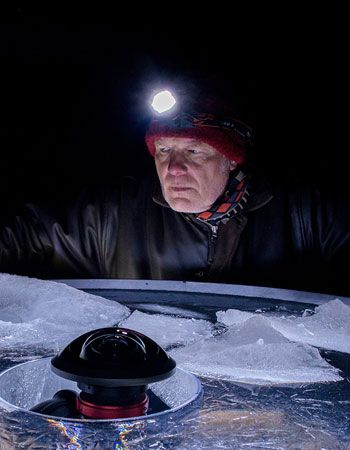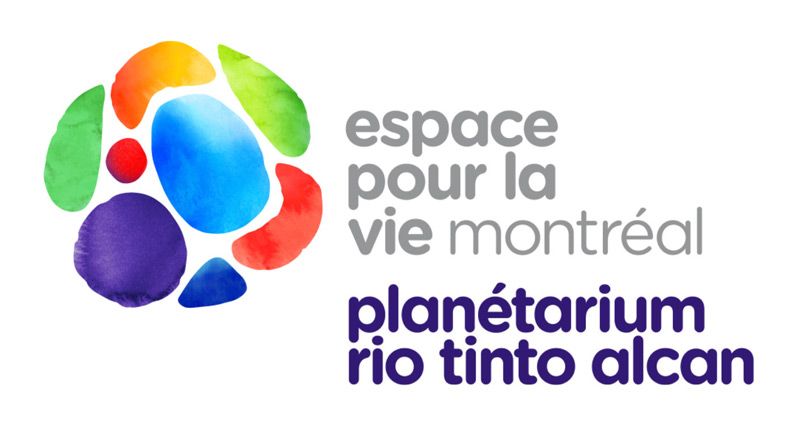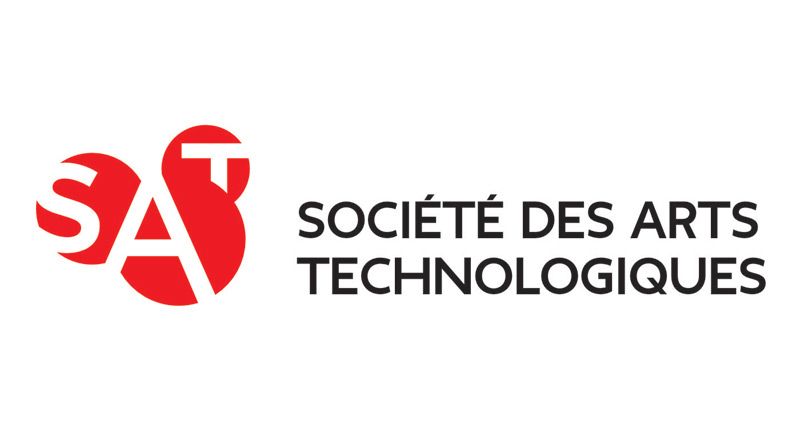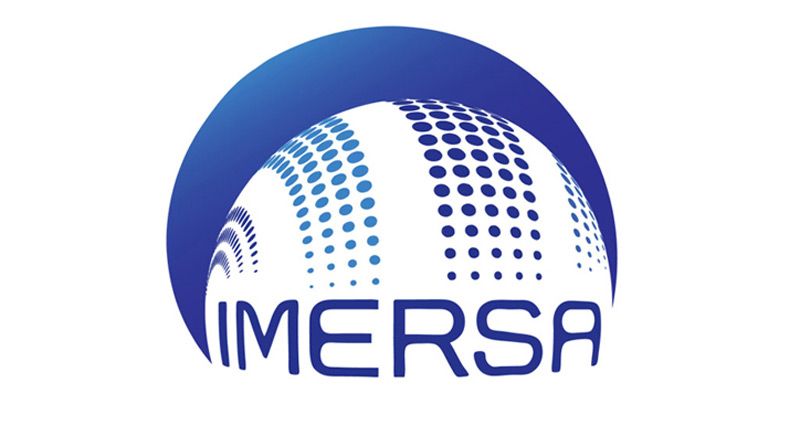
Philippe Baylaucq
Trained at Hornsey College and Saint Martin’s School of Art, London, Philippe Baylaucq has been making films for nearly 40 years. The hallmarks of his work are constant formal experimentation and a keen interest in technological innovation. Winning multiple awards around the world, his films reveal a clear fascination with an array of art forms. They encompass a wide range of themes and genres, from interactive storytelling, documentary and fiction to gallery/museum installations, work for television and art films. Since 2014, he has turned his versatile approach to the production of immersive experiences. Following Tempo, Aurōrae and Kyma, his fourth fulldome production entitled Worlds of Ice, aims to make the subject of ice more widely accessible by combining scientific investigation and artful storytelling. In parallel with his creative work, since 1994 Baylaucq has contributed to the advancement of the filmmaking profession, serving as chair of various boards in the Montreal arts, film and cultural organizations.
PRESENTATION
Making of Worlds of Ice
Making Worlds of Ice (short version) Through heat waves and COVID shutdowns the making of Worlds of Ice was a logistical and creative toboggan ride. Finding the technological, production and artistic solutions to bring the viewer into the dimensions of ice, from the molecular to the planetary, was an exercise of visual storytelling involving sculpture, live action capture in remote locations and inspiring CGI. All in 6K. Here’s how we did it. Making Worlds of Ice (Themes to be covered and illustrated in a six minutes 16/9 making-of video to be presented during a 10 minutes slot in section (1) Creating the Immersive Experience.) An ice idea. When René Chénier and I presented the idea of an immersive film about ice at the 2018 Imersa conference in Columbus, we had no idea what we were really getting into… We had a hunch, however, that the subject would reveal itself to be much richer than we had anticipated. We were right. But more to the point, with our research (conversations with a dozen leading authorities on Ice), we soon discovered just how much ice affects the daily lives of humans and life on earth in all its forms in ways we had never imagined. Ice in space and ice as space. The challenge was to tell the multifaceted story of ice in a way that engaged both the viewers intellectual curiosity whilst also immersing them into the substance per se. How then does one convey ice as a space that one can enter? From the molecular to the planetary, what was this immersive journey going to look and feel like? It would be as much about sculpting ice as it would be about entering it in 360˚, and ultimately, a combination of both. Who cares about ice? The goal was also to make the audiences connect with ice, have them identify to ice as a character, to provide a cold and uninviting substance, with a warm and engaging voice. The challenge was to find the person who could credibly communicate both the anthropological and the scientific data that we had culled from our research. As it turned out, an Inuit perspective on the worlds of ice seemed naturally appropriate given the alarming impact of the disappearance of ice on the lifestyle and fate of the peoples of the north. The voice of Inuit singer-songwriter Beatrice Deer would thus become our guide and the human voice of ice. Skating on thin ice. At an organizational level, with the covid shutdown, we had to find solutions in order to obtain the images from the places that we could no longer actually travel to. With the help of a remarkable camera and A.I. image enhancement, we developed our versions of 360˚ remote training and image capture in the Arctic. The covid constraints made us all the more creative with new work-around solutions. Delivery in 6K 60fps of a gamut of images sourced from live action, CGI and traditional animations, was a challenge. A worthy portrait of ice required a slew of technological solutions to blend and combine the imagery into a seamless immersive narrative.
©IMERSA. All rights reserved. Powered by Joomla Design Studios.



